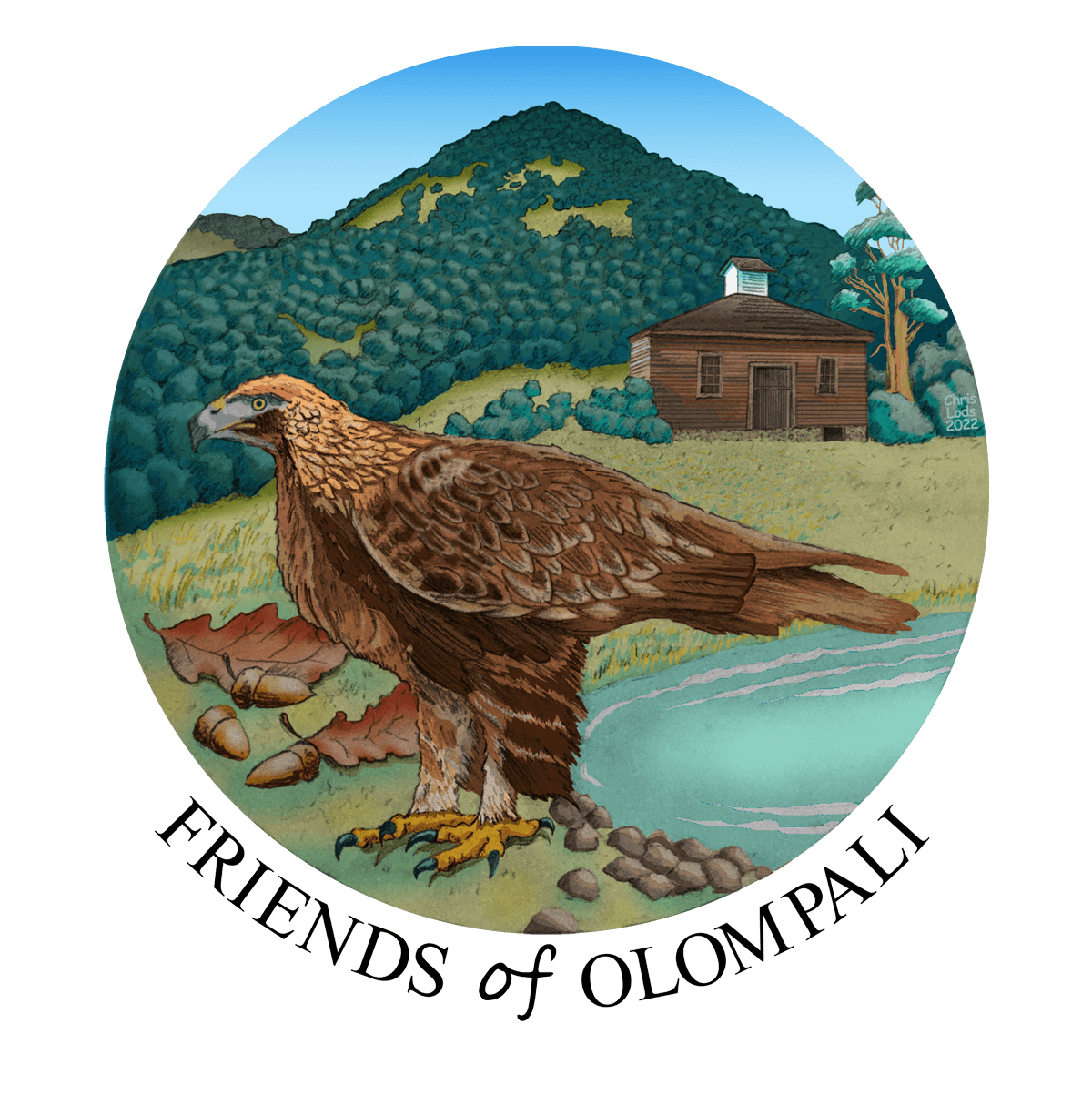Mary Burdell's Masterpiece
The final planning and construction documents for the Mary Burdell Victorian Garden and Grounds Rehabilitation Project at Olompali State Historic Park are complete. Funded by a $100,800 grant from the California Culture and Historical Endowment (CCHE), the project team was led by PGAdesign, Inc., and worked in partnership with California State Parks and Friends of Olompali to successfully complete the planning phase of the project.
The project team completed site review of the ranch buildings, grounds and garden, and the historical research and survey information. Because Olompali State Historic Park is not only a California Historic Landmark but is also on the National Register of Historic Places, the team delivered an analysis of the significance of the site, its contributing elements, and examined its integrity using National Register criteria.
Olompali's garden and grounds are major elements representing the Burdell period (1860s to 1940s) and when restored can tell the story of the flow of history reflecting changes in human culture and land use that occurred in the Victorian to modern eras. As Victorians, the Burdells thought of the land as more than food-producing, and Olompali's landscape, with its design and some of the original plant stock still intact, reflects the beginnings of modern landscape design--a hybrid of many previous landscape design styles. Because the Burdells had both the opportunity and means, Olompali transitioned from a Mexican land grant worked as a rancho employing traditional ranching and subsistance farming techniques to a Victorian garden showcasing an extensive collection of exotic plants.
In developing the Mary Burdell Victorian Garden Statement of Significance, project historian Carol Roland Nawi determined that the Burdell Victorian Garden is eligible for the National Register of Historic Places, as an example of a formal Victorian garden design. It represents the distinctive characteristics and aesthetics advocated by garden designers and horticulturists of the period 1850-1890 such as Andrew Jackson Downing and was one of the earlier gardens of this type to be designed in the Bay Area. Olompali was representative of the Bay Area estates developed by many wealthy Californians in the late 19th century, which generally exhibited a residential core with a main house, auxiliary buildings, a wide entry path, and formal landscaping. These estates were surrounded by working agricultural land that often included orchards, pasturage and vineyards. The period of significance is 1866-1874, the time in which the garden was constructed, and 1911, the year that Mary Burdell's son, James, constructed a new house and made alterations to the original garden. Although Olompali has become naturalized over a number of years, the design and planting patterns of the garden continue to be discernable and it retains many of its major architectural features and substantial elements of its plant palate. Additionally, the garden and grounds physical layout and development have been very well documented in high quality historic photograhs, and it was by way of digitized high resolution scans of these historic photographs that project landscape architect Cathy Garrett developed the planning and construction documents.
The Mary Burdell Victorian Garden at Olompali State Historic Park remains one of the only surviving examples of the gardens of the 1870 period in the Bay Area and California.
Letters of support for the Mary Burdell Victorian Garden and Grounds Rehabilitation Project are welcomed by Friends of Olompali, A Committee of the Marin State Park Association Benefiting Olompali State Historic Park. Please address your letters of support to: Contact@olompali.org



